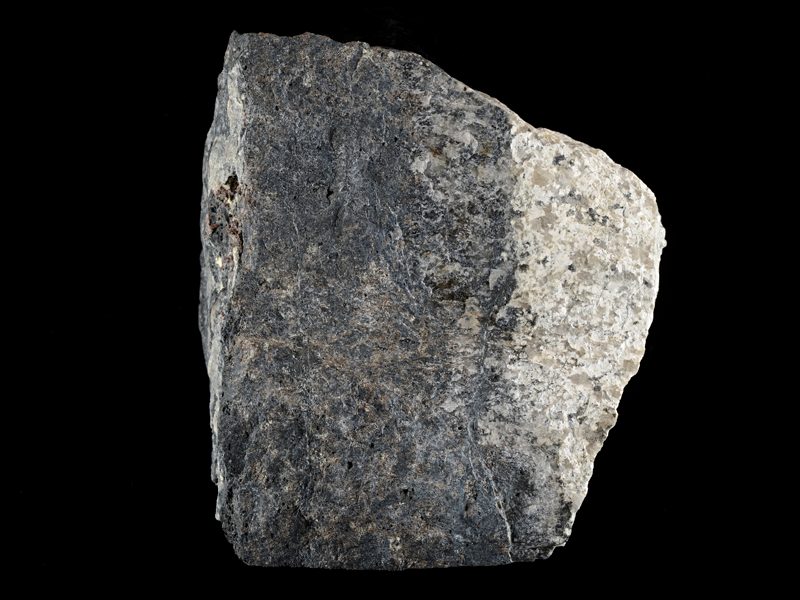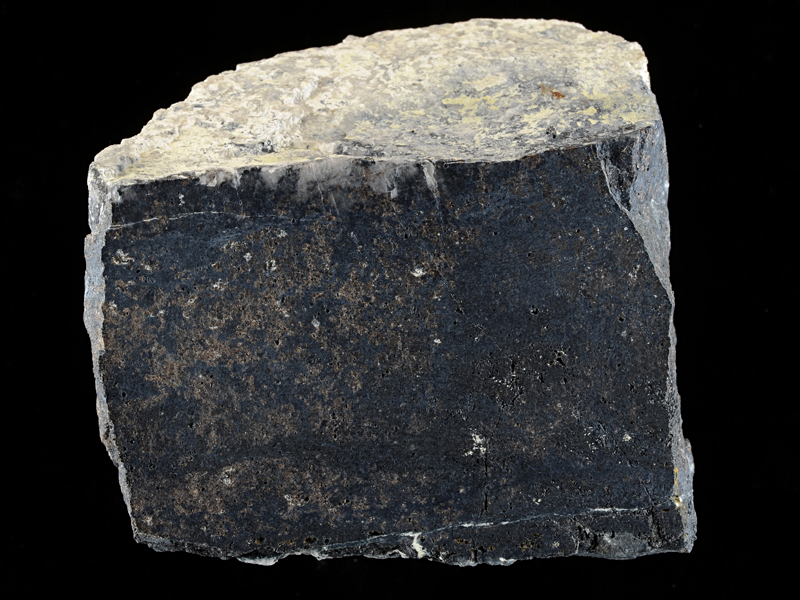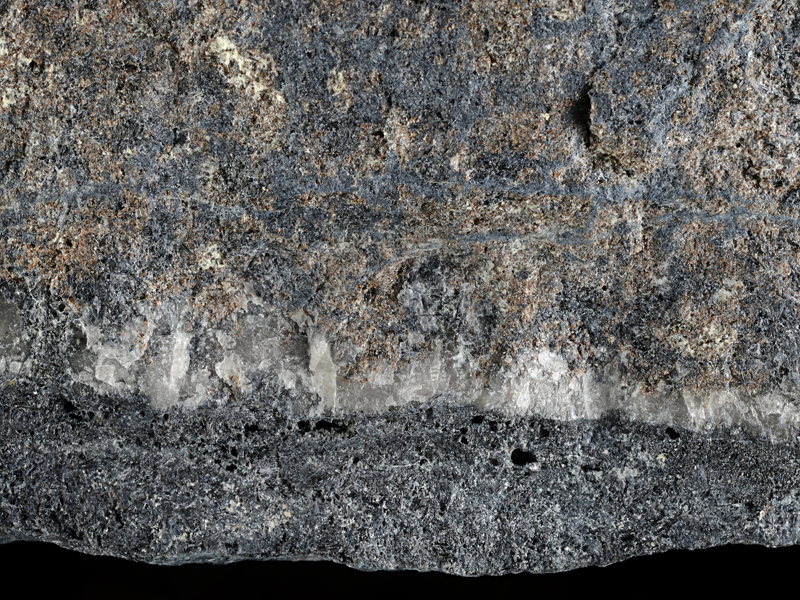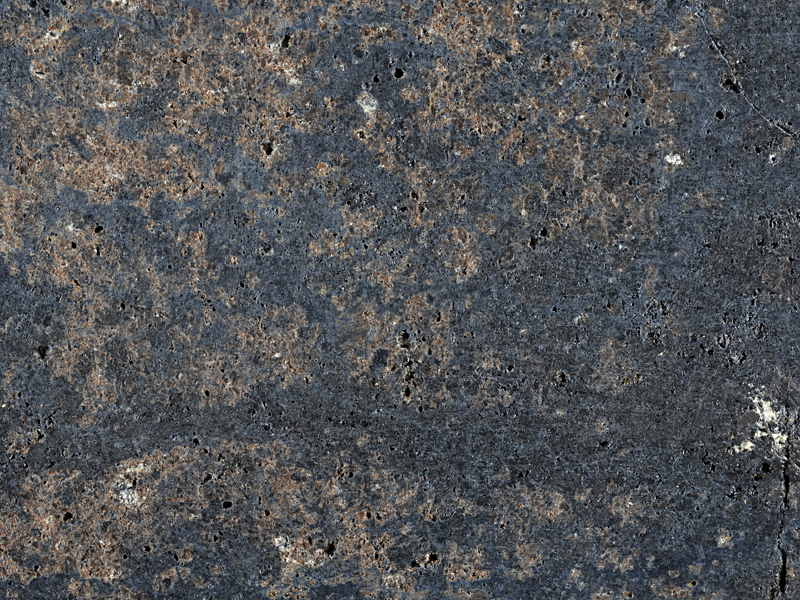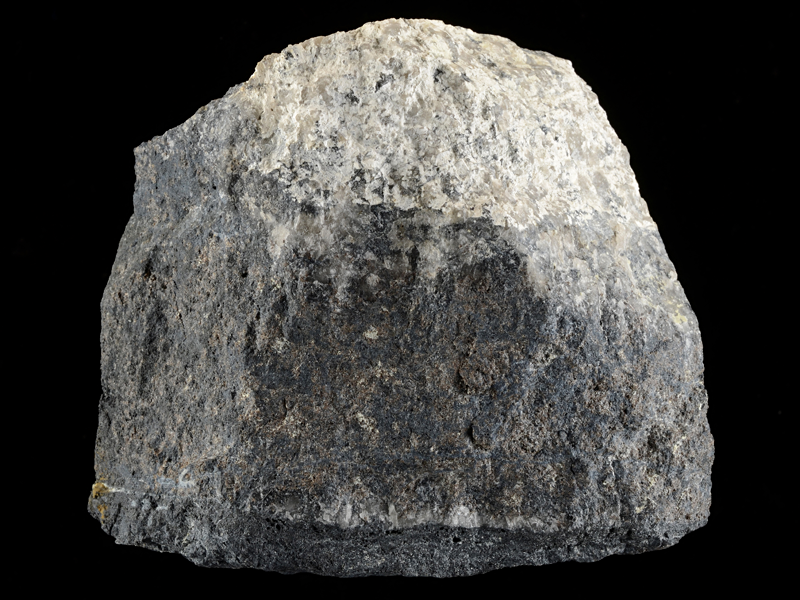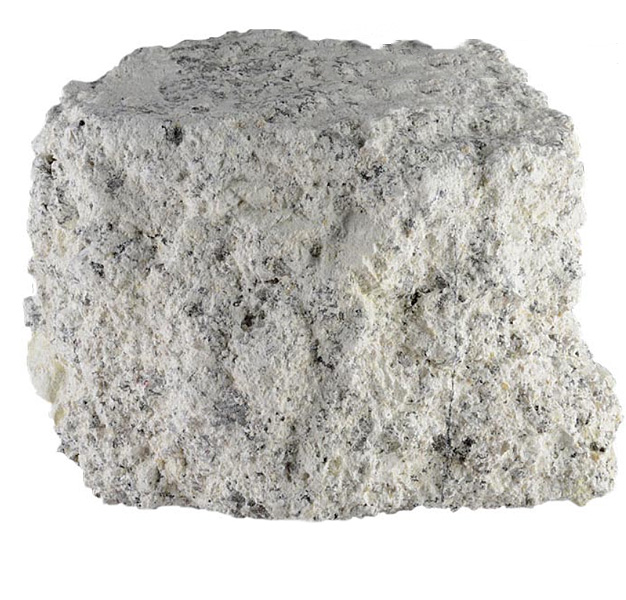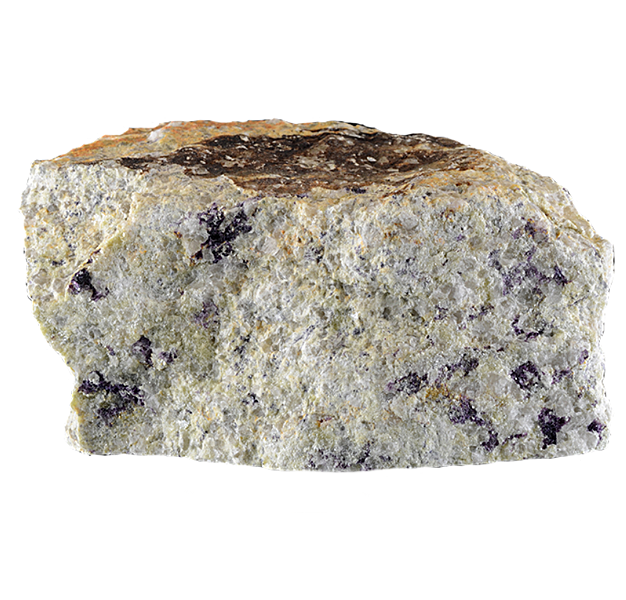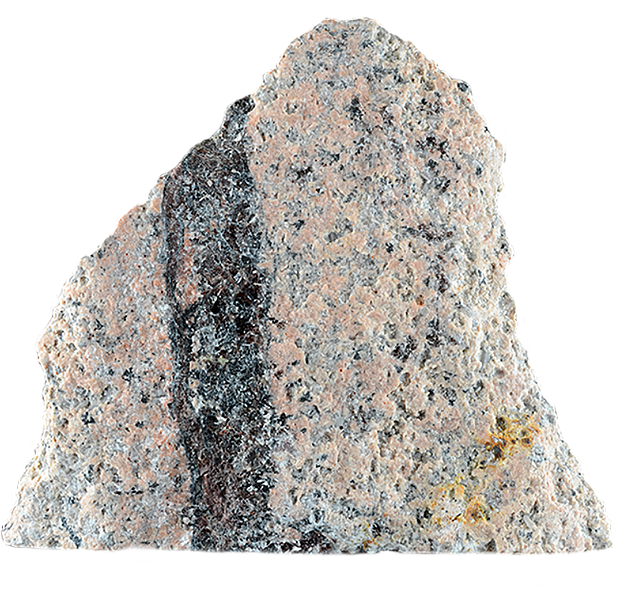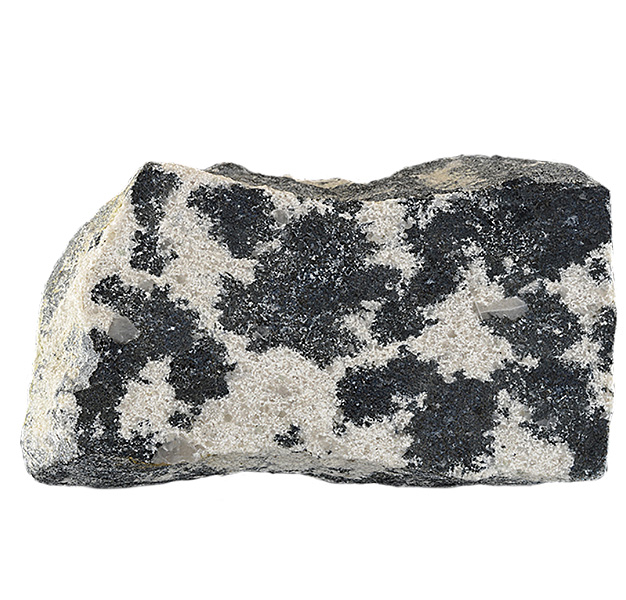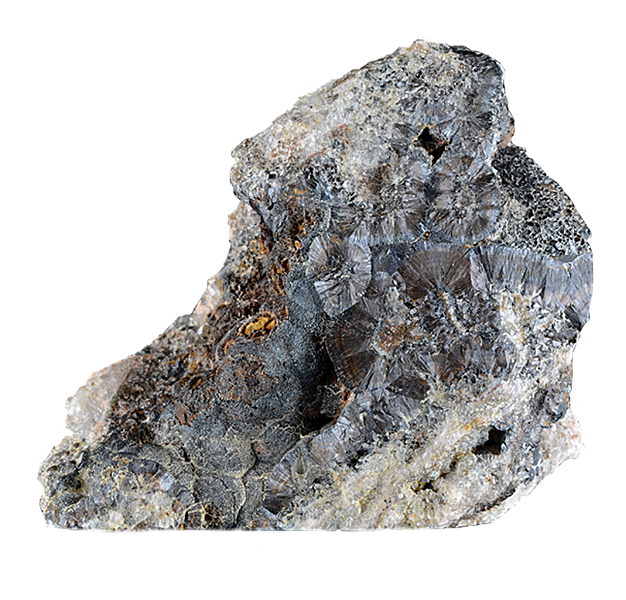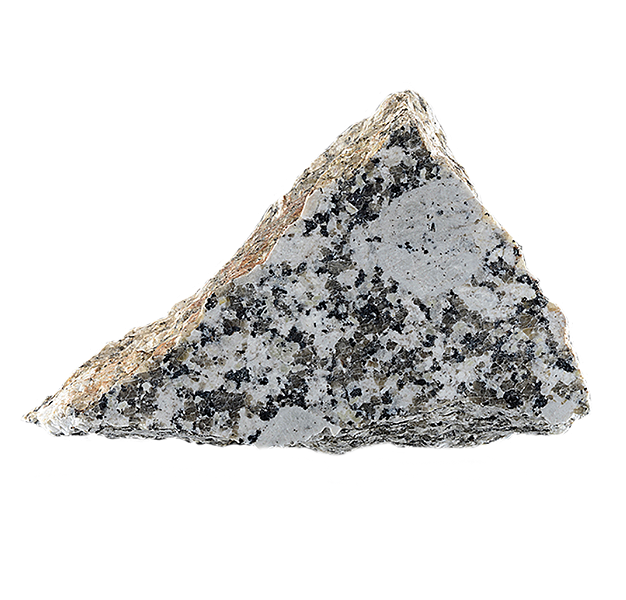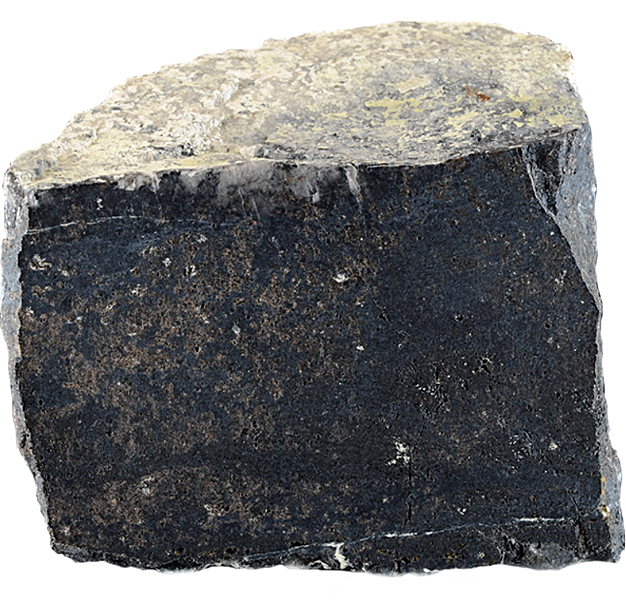
Fact sheet
The often euhedral shape of the tourmaline crystals in this sample suggests early crystallisation in a relatively open vein. The deep blue colouration of the tourmaline is typical of hydrothermal tourmaline in the St Austell granite complex (and distinct from magmatic tourmaline which is usually brown). At some point during the development of the vein, tin became concentrated in the passing fluids and crystallisation of cassiterite followed. Spaces in the vein were mostly filled at this point apart from a few small voids that were later filled by needles of blue tourmaline and finally quartz.
Veins such as this were of major importance to the tin miner and Bunny mine was established elsewhere in the complex to extract not only cassiterite, but also wolframite (the main ore species of tungsten). The beam engine from Bunny mine (1850) has been restored and is now part of Poldark mine, a local tourist attraction at Wendron, near Helston.
Tin mineralisation in the St Austell granite complex has been measured at 271 ± 4.5 Ma.
A case study of the St Austell granite complex in Cornwall, England, illustrating the range of rocks associated with a granite intrusion. The earliest part of the complex is a siderophyllite (biotite) granite containing muscovite and tourmaline typical of a SW England granite, with many primary magmatic features.
This early intrusion was followed by the intrusion of an evolved volatile-rich magma which was the driving force behind a series of intense hydrothermal processes as volatiles escaped from this magma and helped to establish an extensive alteration halo (aureole). Boron, fluorine and lithium (as well as water) played major roles in the formation of the second intrusion and in the associated hydrothermal processes. Igneous activity lasted around 18 million years from 282 Ma (siderophyllite granite) to 265 Ma (fluorite granite).
